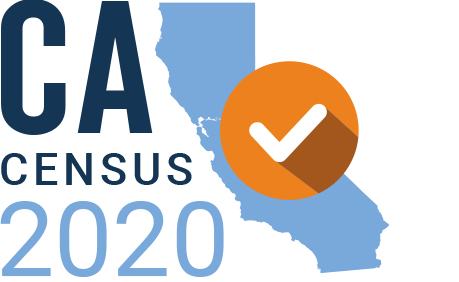Identifying California’s hard-to-count in Census 2020
California is projected to have more than 40 million people by 2020. Yet many of those residents, as in past decennial censuses, risk being missed in Census 2020 because they are hard to count.
Millions do not speak English well and might not hear about the census or understand the form. Others live in remote houses with no street address or in crowded apartment buildings with high turnover. Some California residents came from countries where distrust of government runs deep and official data has been used to discriminate.
Many Californians have multiple hard-to-count characteristics. This compounds the undercount risk and makes it crucial to identify those parts of the state so they can be the focus of census outreach efforts.
The California Department of Finance Demographic Research Unit has created a California-focused hard-to-count metric modeled on the U.S. Census Bureau’s Hard-to-Count Score of past censuses.
The California Hard-to-Count Index is based on multiple demographic, housing and socioeconomic variables correlated with an area being difficult to enumerate. Census tracts with higher CA-HTC indexes are likely to be places that will pose significant challenges to enumerate in 2020, while tracts with lower indexes should be easier to count.
Below are descriptions of the 14 variables that comprise the CA-HTC Index (with data source).
Percent of households with wireline broadband subscriptions (Calif. Public Utilities Commission): More than 10 million California households will be asked to complete the census online. Some outreach efforts will be online, as well. A household without a wireline broadband subscription is less likely to know about the census and more likely to fail to self-respond.
Percent of households that are non-family (Table B11001, U.S. Census Bureau 2012-2016 American Community Survey). Nonfamily households generally involve multiple roommates. The household member completing the census form might forget to include some of these people.
Percent of occupied housing units that are renter-occupied (Table B25003, ACS). The percentage of renter households in a tract or block group is among the strongest hard-to-count indicators. Renters move more often and have a greater chance of being missed during the census-taking process.
Percent of total housing units that are vacant (Table B25002, ACS): Vacant housing units change status quickly. Housing units considered vacant by census takers in reality could be occupied April 1, 2020.
Percent crowded (the percent of occupied housing units with more than 1.5 persons per room. Table B25014, ACS): As with nonfamily households, occupants in crowded households are more likely to be left off census forms. Also, the person completing the form may omit occupants if the household exceeds landlord or government limits.
Percent of population that is foreign-born (Table B05001, ACS): People who are born in other countries are less likely to be familiar with the census. Some also are not citizens, and may fear the consequences of revealing their presence and legal status to the government.
Percent of adults (25 or older) who are not high-school graduates (Table S1501, ACS): Non-high school graduates are less likely to be engaged in civic affairs and more likely to be working multiple low-wage jobs that leave little spare time for completing census forms.
Percent of population with income below 150 percent of poverty level (Table C17002, ACS): Multiple issues increase the odds of an undercount among the poor. They tend to be renters. Administrative records to supplement the census, such as tax returns, may be incomplete for this group. They also are less likely to have internet access.
Percent of households receiving public assistance income (Table B19057, ACS): People may be reluctant to share their true household size because the information may contradict government assistance records. They are likely living near or below the poverty line.
Percent of persons (ages 16 or older) unemployed (Table B23025, ACS): Unemployed people spend much of their time looking for a job. They also might be homeless and living an unsettled lifestyle.
Percent limited-English households (the percent of households in which no person age 14 years or older speaks English very well. Table S1602, ACS): People who don’t speak English well will have trouble understanding census materials, including the rationale for the census.
Percent of persons who moved from outside county in past year (Table B07003, ACS): Recent arrivals likely have little connection to local civic affairs. Proxy information and administrative records about this population will be more difficult to come by.
Percent of population under 5 (Table S0101, ACS): More children are living in complex family situations, such as shared parental custody or with a grandparent, increasing the chances they will be left off the census form. Some new parents mistakenly believe the census incorporates birth records.
Percent of total housing units with 3 or more units in a multi-unit structure (Table B25024, ACS): There could be a fence or gate around these types of housing units, hampering census workers’ non-response follow-up. Individual units may not have addresses, skewing non-response data.
To calculate CA-HTC indexes for California’s 8,057 census tracts, each of the above variables was sorted from high to low (e.g. sort tracts from the highest percent unemployed to the lowest.)
Each variable was recoded 0-11: The highest values were recoded as 11, down to the lowest values, which were recoded as 0 (e.g. values of 11 are giving to tracts with the highest unemployment rates and values of 0 are given to tracts below the California unemployment tract median.) The sum of the 14 values represents a tract’s CA-HTC Index.
The allocation of state census outreach money reflects an area’s respective share of the total population in census tracts with the highest CA-HTC indexes. Some counties’ allotments also reflect population-based minimums.

